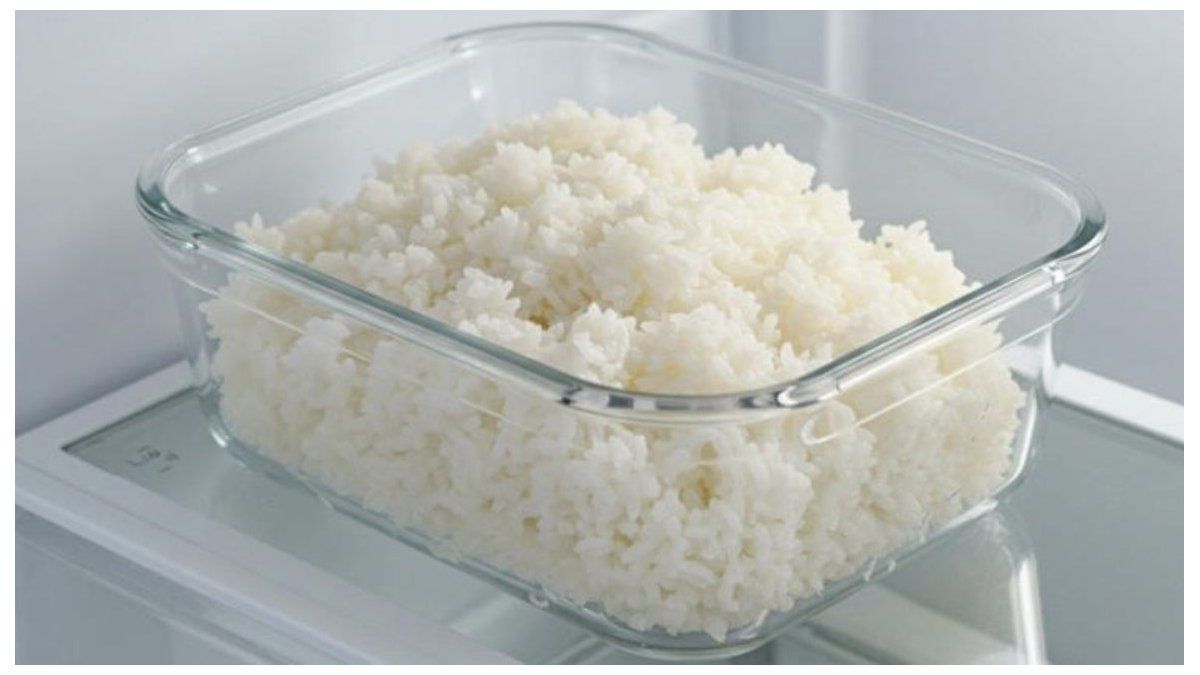Touching forbidden!
Roman glasses – today I know what Grandma finds about it
Copy the current link
Add to the memorial list
There are glasses in the showcases of our author’s (large and in-law) parents that she must not touch: Roman glasses. She knows what the nonsense is supposed to do today.
As a child, I never understood why parents and grandparents have glasses that are in the closet and can never be used. Too bad for this, it said when asked. And I thought: It’s a shame that you spent money on the useless things. The so -called Romans glasses were always absolute sanctuaries. The colorful knobs of the crystal glass at most glittered in daylight for Christmas. They dusted the rest of the time in the dark showcase. Today I know: right.
Roman glasses: What makes it so special?
Roman glasses can be recognized immediately: High and slim, with a goblet -shaped, wide edge, which is enthroned on an elegantly decorated stem. The stem is either smooth or ribbed, but always artistic and ends in a wide, stable base. These glasses often come with elaborate patterns. And the colors? There is everything from Up to her satellite or sparkling .
In the meantime, I am owned by Romans. And there is also a house rule for me: touching forbidden! And I tell you why: the things are pig tax. For the price of a single glass, I flew to Portugal last year, and a goblet costs up to 200 euros. And so everything made sense – no wonder that Grandma only wanted to get her out for “special occasions”. However, I wondered: What makes the colorful goblets as expensive as flights to the south of Europe?
What does the price justify?
The production of Roman glasses is an elaborate and artistic process that requires both technical skills and artistic talent. First of all, raw glass, which consists of a mixture of quartz sand, soda and lime, is melted in a oven at very high temperatures. As soon as the glass has reached a liquid consistency, it is absorbed by a glassblower with a long, hollow pipe. By blowing and turning the pipe, the glass is brought into the desired shape.
The glass is then decorated with different techniques. This can include inserting glass threads, applying colored glass pieces or engraving and grinding patterns. These decorations require a quiet hand and precise work, since the glass has to be kept during the entire process at controlled temperatures to avoid tensions and cracks.
The production is so complex
After the shape and decoration have been completed, the glasses are slowly cooled to stabilize their structure. This process, the so -called “cooling”, can take several hours to days to days, depending on the size and complexity of the piece. In the end there is an artistically designed Roman glass, the value of which real lovers, lovers and collectors appreciate.
The popularity and peculiarity of the lie in their elegance and the fine craftsmanship that is in every piece. They are not only functional drinking vessels, but also works of art that stand out in every table decoration. The design and the often very detailed decorations make you coveted collecting objects. Romans also have a long tradition.
What do the ancient Romans have to do with it?
The name “Roman glass” has absolutely nothing to do with the ancient Romans, even if you might be suspected. Roman glasses have existed since the 16th century. In the period from 753 before until 476 AD, old Rome. But why are they called that? The name actually comes from the Low German word “Römen”, which means “boasting”. A Roman glass is therefore a “fame glass” or a “splendid glass” according to an article in an article of the.
As with most valuable things, Romans also attract countermissors like magnets. But don’t worry, here are a few tricks on how to distinguish the real treasures from the imitation. You can already see a real Roman glass by the colors: these glasses shine in clear or rich tones, from above until and many more. Consists tend to overdo it a little or the colors just don’t look so deep and full. If the glass looks like someone had immersed it in a cheap color mixture, you should become skeptical.
Roman glasses: You can see the authenticity from this
Then there are decorations. Real Roman glass often shows fine engravings and patterns that look like a miniature picasso had worked on it. If the decoration looks more like someone had scratched a blunt fork on it, it could be a fake.
Another hint is the stem of the glass. The stem of a Roman glass is a true work of art for itself – whether ribbed or smooth, it should always be elegant and perfectly proportioned. If the stem looks wrong, you probably don’t hold a real Roman glass in your hand.
Why they should listen to Romans glasses
The weight of the glass is also a good indicator. Roman glasses are mostly well balanced and a little heavier than conventional wine glasses. If it feels like you have a cola glass in your hand, something is wrong. You should also listen very carefully: tap the glass gently and listen to the sound. A real Roman glass has a clear, melodic tone. If it sounds more like a tinny clamp, then they probably caught a blender.
And then there is the price. If someone offers you a Roman glass at a bargain price, be skeptical. Real Roman glass has its price and does not come out of the Ramschkiste. If you are still unsure, ask an expert. These people have the eye and the knowledge of distinguishing real works of art from counterfeits. In any case, I trust the expert knowledge of my wise family members and keep the good pieces in honor – closed in a showcase, of course.
Tip: Of course you can also consciously for fake decide. Because we are honest: originals look really pretty, but are also damn expensive and make it nervous as soon as you put them in strange hands. In Find cheap and beautiful alternatives.
Sources: “”, “”
*This article contains so-called affiliate links to products in online shops. If a user clicks on it and buys something, the publisher receives a commission from the dealer, not from the manufacturer. Of course, where and when you buy a product is up to you.
Source: Stern
I am an author and journalist who has worked in the entertainment industry for over a decade. I currently work as a news editor at a major news website, and my focus is on covering the latest trends in entertainment. I also write occasional pieces for other outlets, and have authored two books about the entertainment industry.




